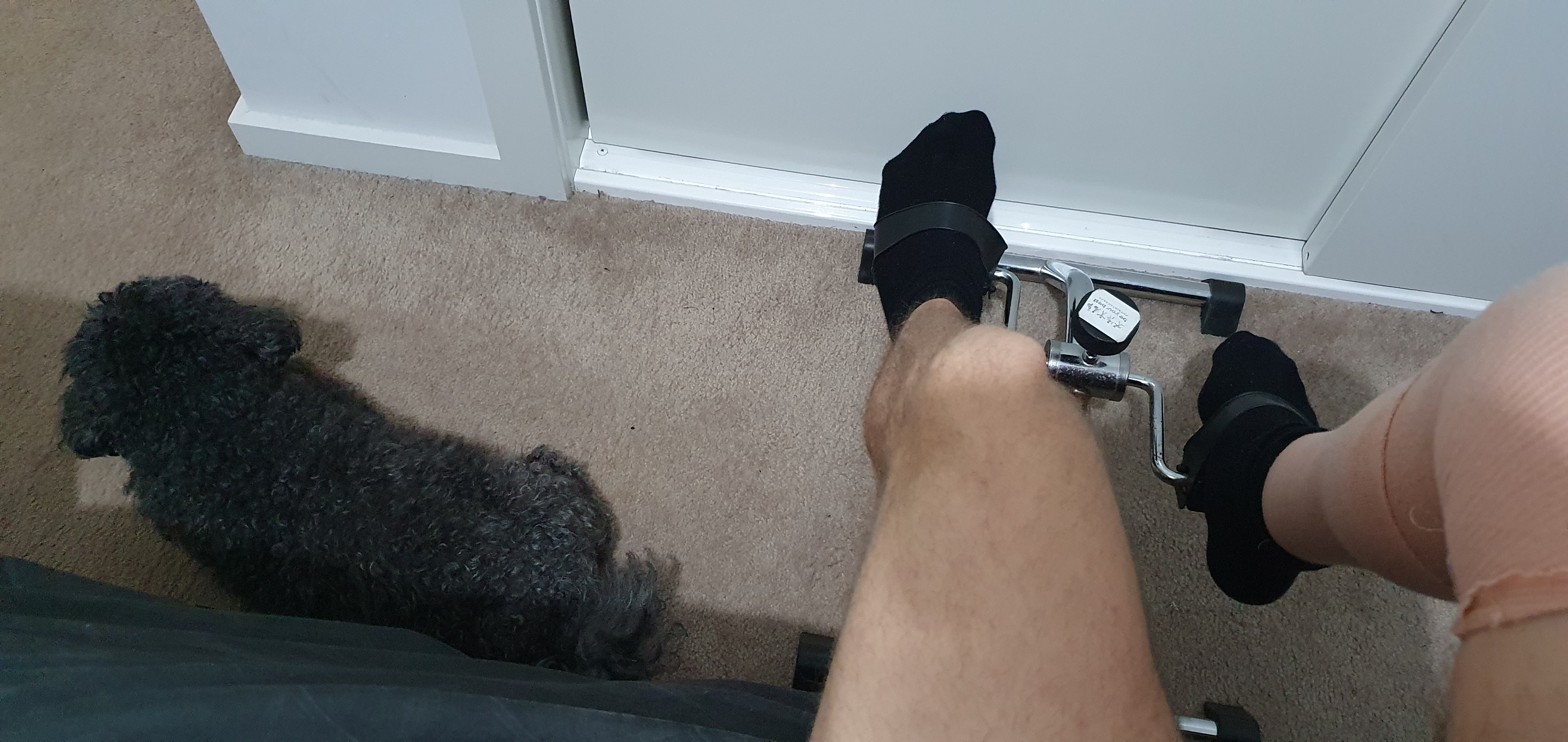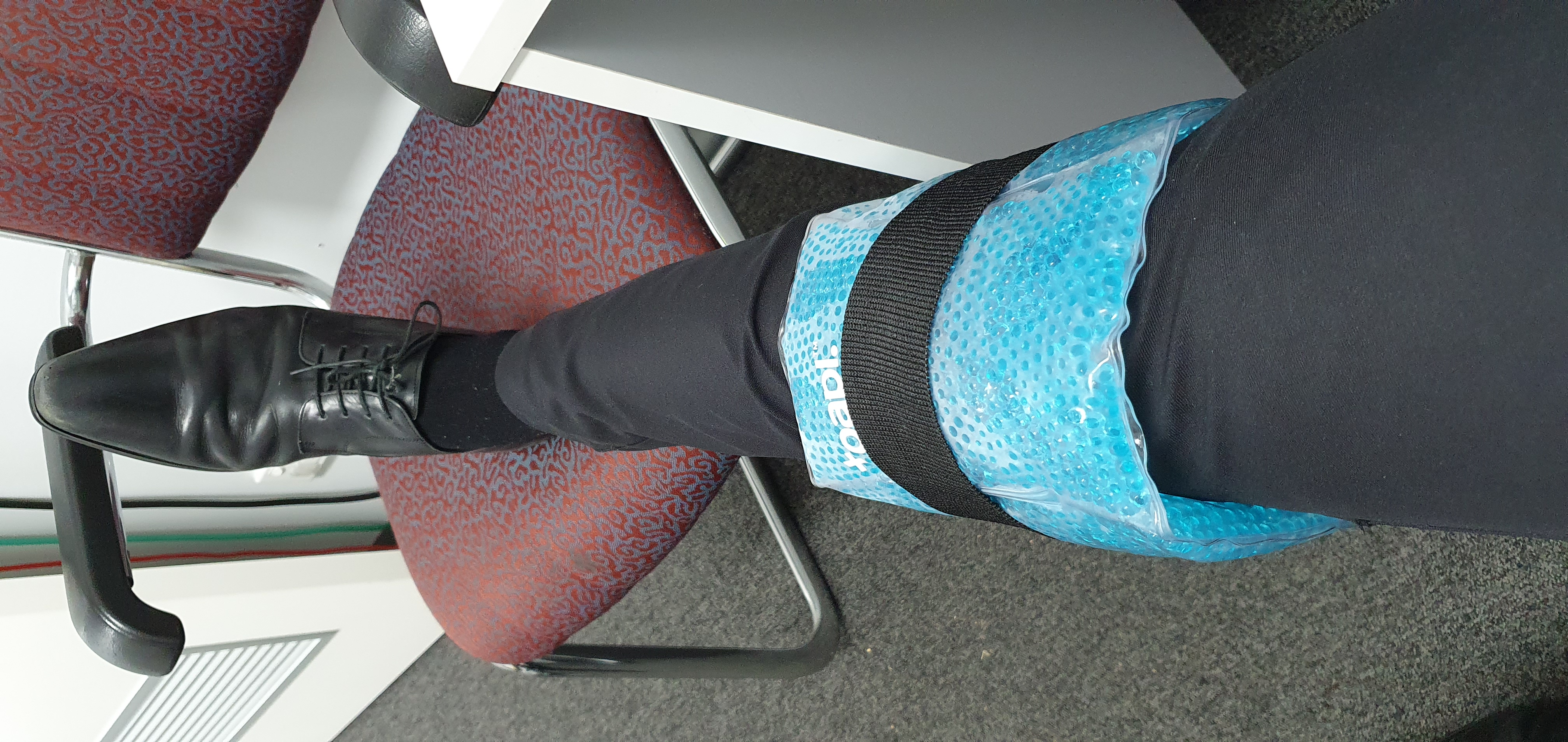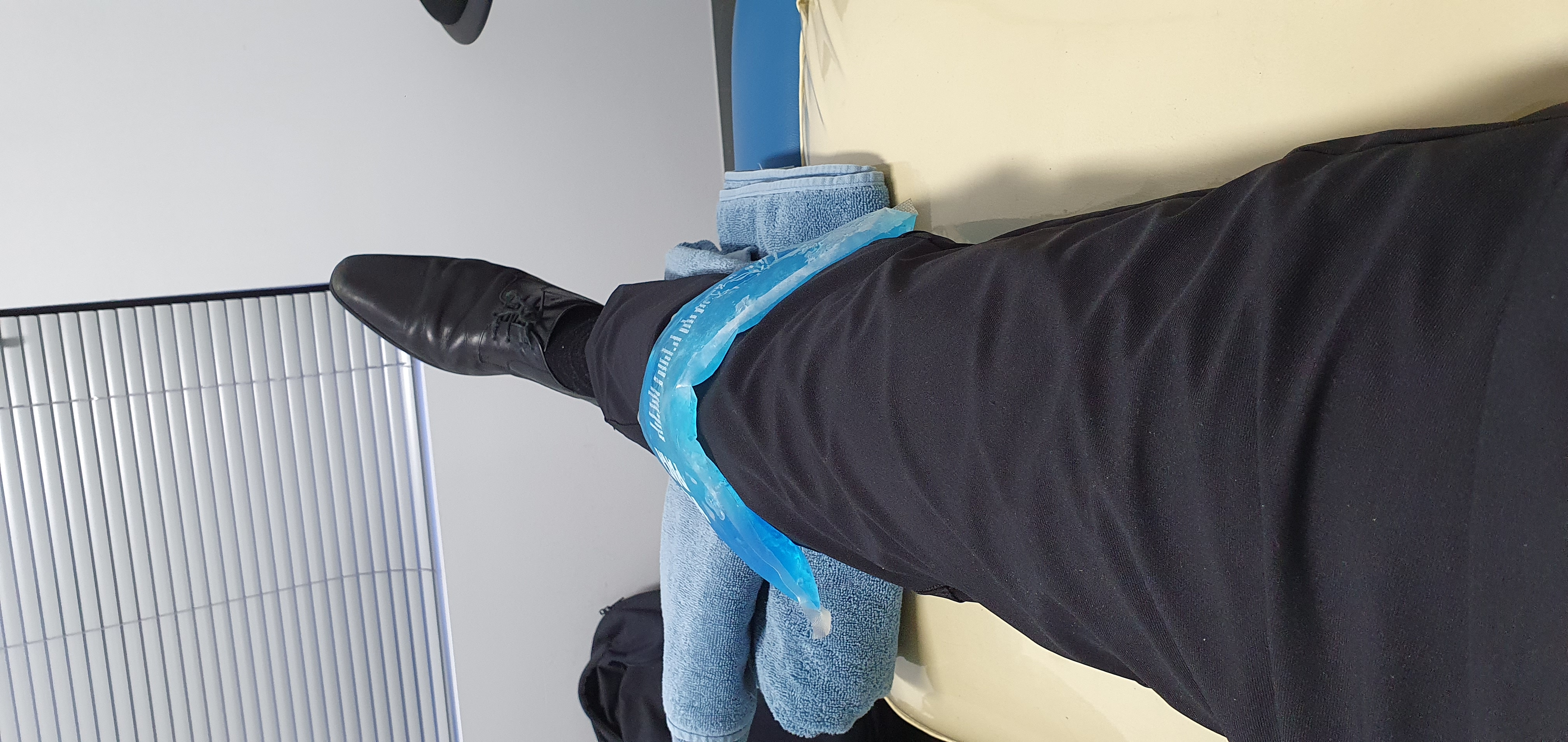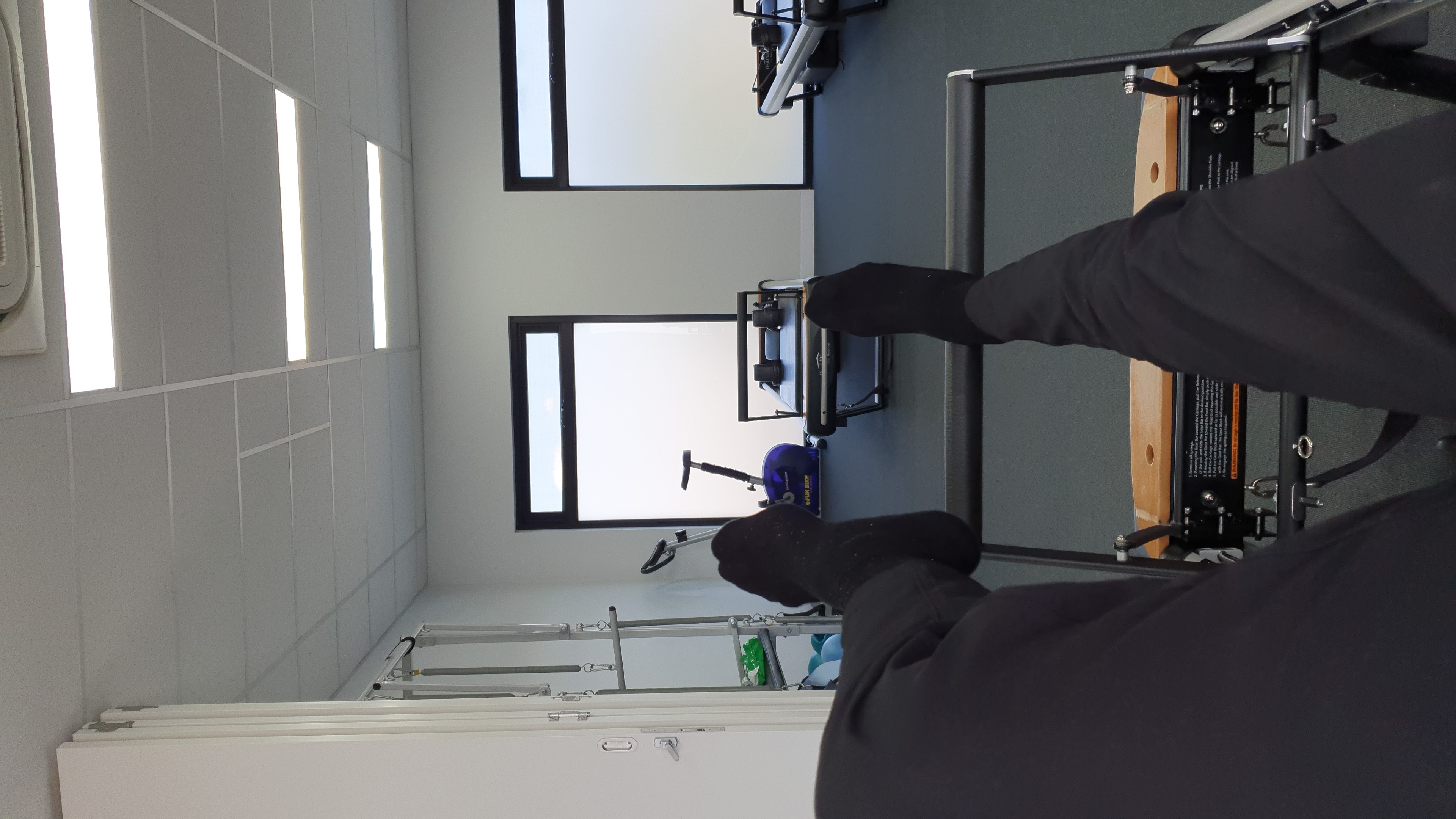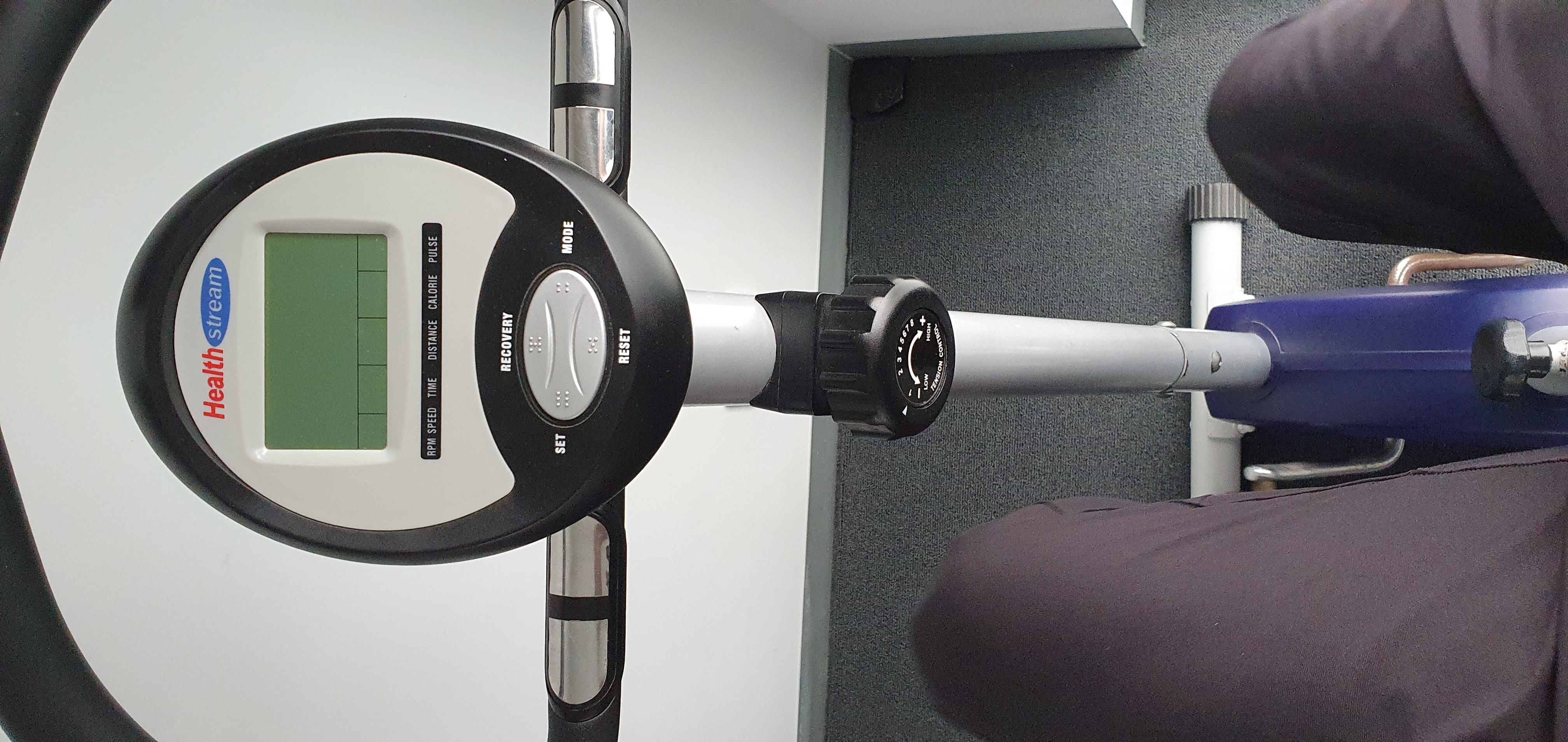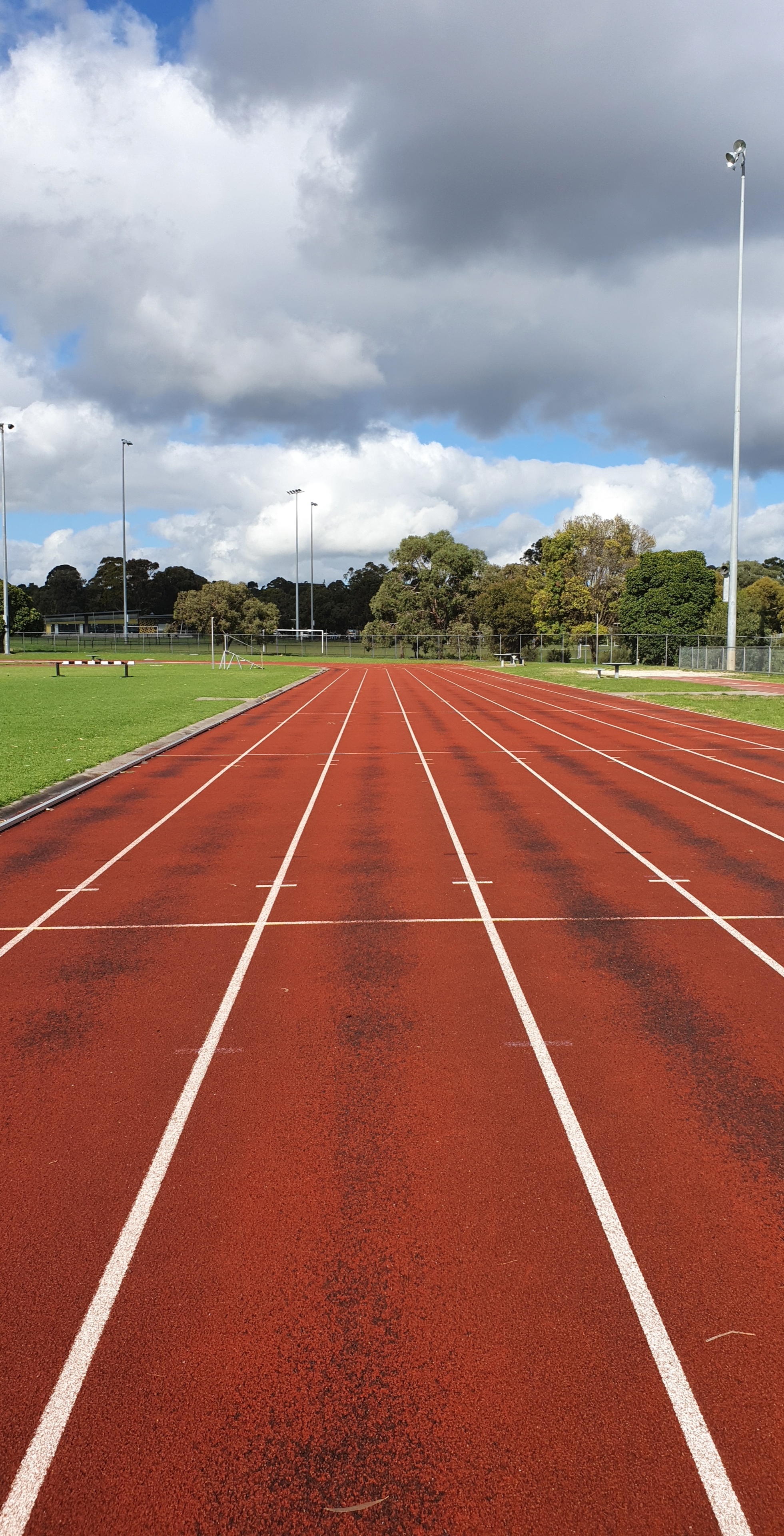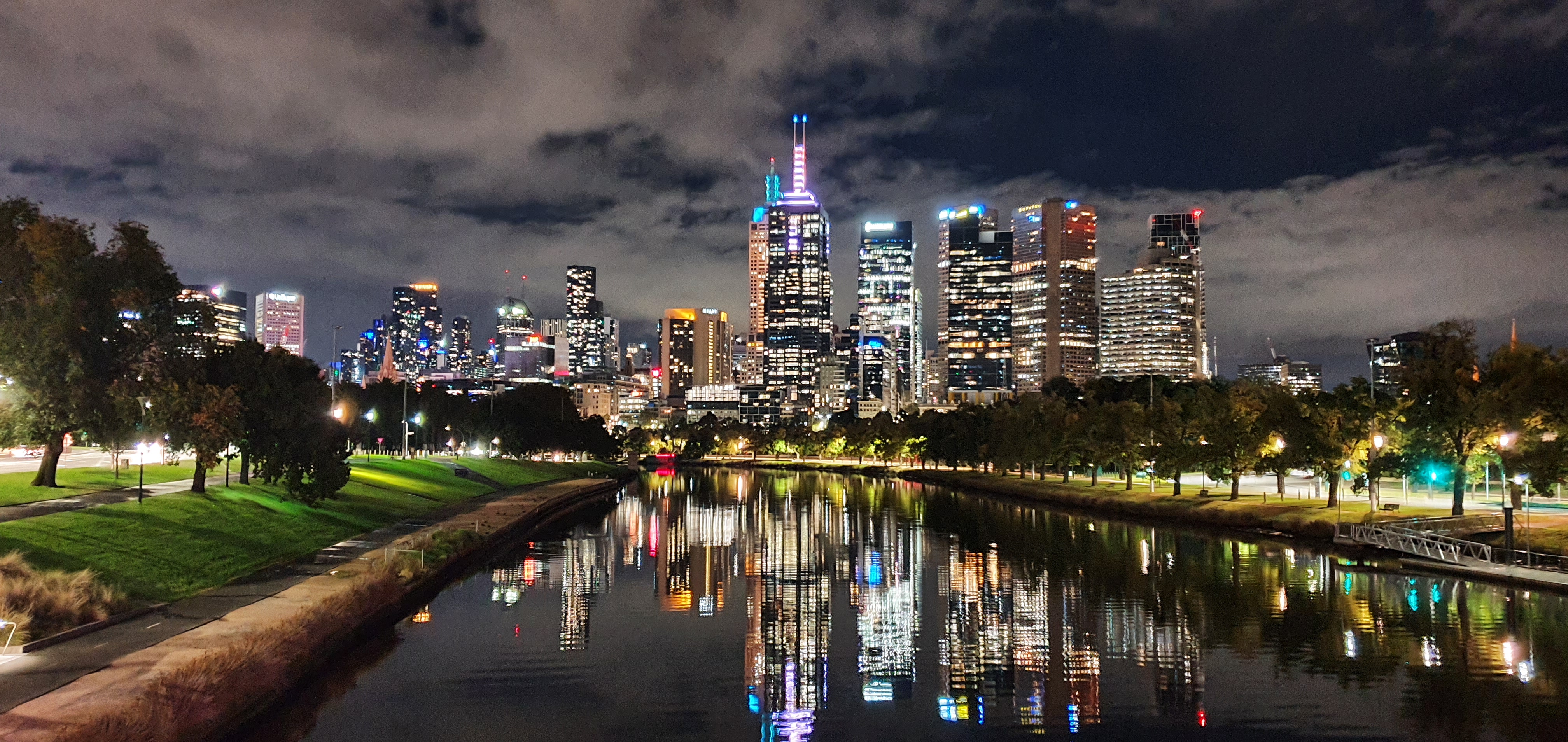ACL Rehab Journey – Post Surgery Rehab
I am writing about my recovery and rehab after rupturing my ACL last February.
Throughout this, I will cover the pre-injury period, the non-surgical and surgical rehab options, along with the prehab and post injury management for these.
I am a private practice physiotherapist at Be Your Best Physiotherapy in Cranbourne, and a physiotherapist for Port Melbourne Football club. I frequently see patients with sporting injuries (including ACL tears), along with treating those in the community with neck and back pain.
In the following part I will gloss over some details – the specific rehab exercises, the day to day changes I made to continue working and eventually returning to normal.
If this is something that interests people, I am happy to provide more specific info on my physio rehab elsewhere.
From week 1, as mentioned in the previous blog post, I focused on activating my quads and keeping them strong (it became a full time job!).
My knee was able to fully straighten right after surgery, and it was important that I kept it that way.
Over the first two weeks, I worked on my glute bridges, calf raises, knee bending/straightening, walking technique, and balance practice. Anyone who goes through an ACL reconstruction, will likely go through these exercises in the early rehab phase.
I prioritised rest and pain management over all of these, making sure that I was letting my body recover.
I will emphasise again (in case she reads this), just how helpful it was to have my partner at home, taking care of me after the surgery. If you can, find a friend, partner, or family member to assist during this time. Don’t try and do it all alone.
Two weeks post operation, and I was off my crutches and back to work.
The first week back was challenging. I managed to ice my knee for a couple of minutes in between patients, and took any spare time I could find, to elevate it and lie on the floor.
Having Pilates reformers at work was a big advantage at this stage, as it was a comfortable, safe way for me to move and strengthen my legs.
The most important gym machine, however, was the stationary bike. Slowly building up daily minutes on the bike helped clear swelling, maintain cardiovascular fitness, and improve leg strength.
Slowly work started getting easier, and the fatigue levels minimised. It probably took a month of work before I felt like I was keeping up mentally and physically.
Roughly eight weeks after the surgery, I was back on the athletics track, practicing my running again.
It felt a lot harder after the surgery, than it was after the injury when I first returned to running. So much of injury rehab is psychological, which meant that getting those first runs finished was a massive mental boost.
After this, I was able to take my runs onto running trails, allowing me to enjoy the scenery during my exercise.
Since the surgery, as the months flew by, I returned to running longer distances (5-10km) and I am continuing to build on this still.
The surgery rehab is a long process, and this is only the beginning! Throughout the rehab, you will go through different levels of motivation, and you may miss out on exercise and strengthening for extended periods. This is okay!
In the next section, I will cover the long term rehab outlook, and my plans for the future. I will also cover other rehab options, include non-operative management.


